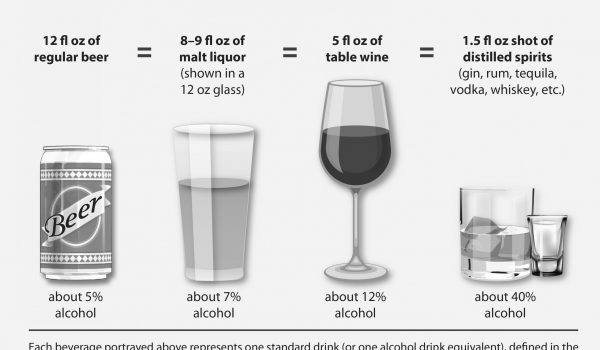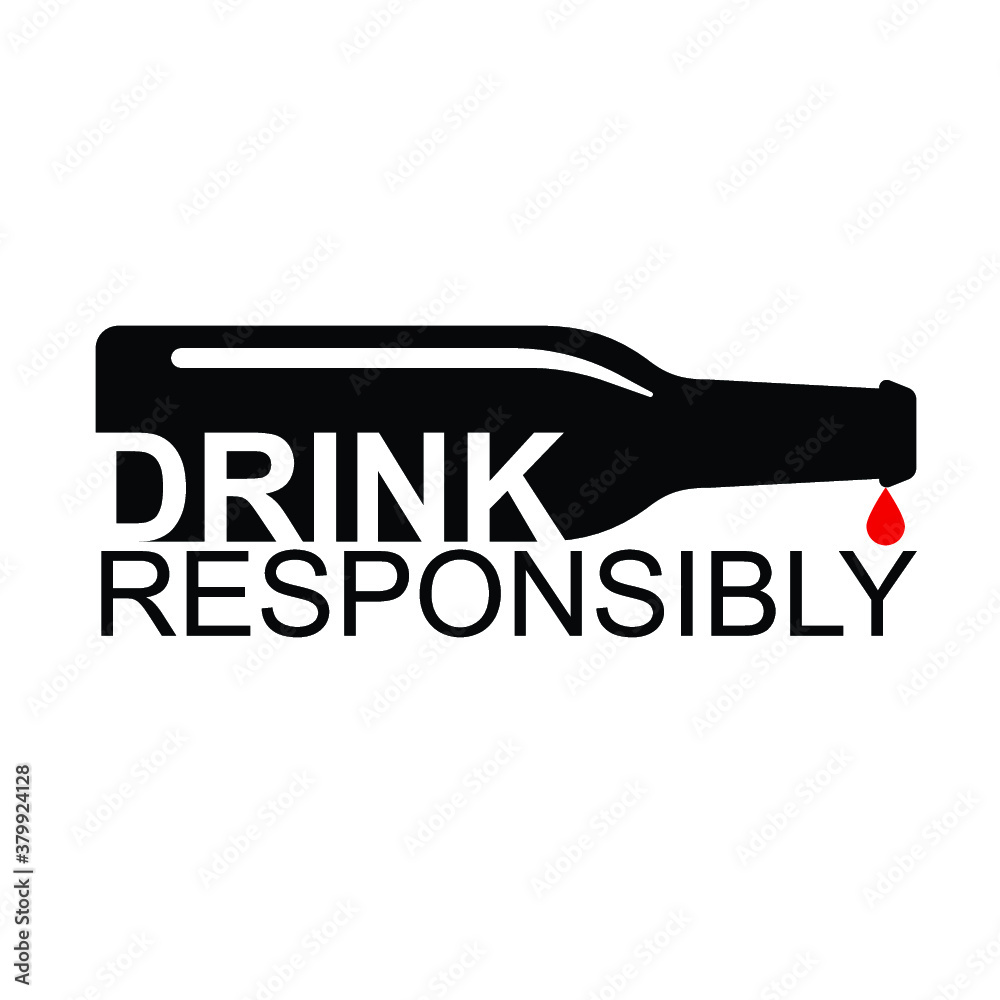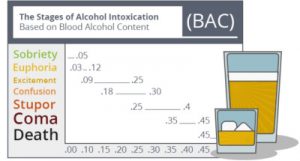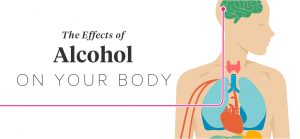Educational Information

Responsible Drinking During COVID-19- Bars, dorm rooms, parties, restaurants, and other places where people gather to consume alcohol increase the risk of transmission of the COVID-19.
Remember MAPP for safe alcohol consumption while still having fun:
Measure: Measure and pour your own drinks. This also means counting how many STANDARD drinks you have had. Do not share cups or drink after others.
Alternate: Alternate between alcoholic and non-alcoholic beverages. Alcohol is a diuretic.
Pace: Track of how many drinks you have had and as a general rule, one alcoholic beverage per hour is a safe bet. Make sure to eat beforehand as well.
Plan: Before you start drinking, make a plan for how much you plan to drink. Do not mix alcohol with your medication or other drugs.
Signs of Alcohol Poisoning
Per St. Olaf’s Policy on Alcohol and Illicit Drugs, “Individuals who make the call to get medical assistance for an intoxicated student will not face sanctions under the Code of Conduct for use or possession of drugs or alcohol.” Click here to review the Medical Exception further.
Alcohol Poisoning is serious: if someone has too much to drink they could be at risk of liver damage, injuries, or death. Know the signs and get help when you see someone exhibiting these signs. Remember, the person could have one or all of these symptoms. Not sure what to do? Get help! Call Public Safety at x3666 (From your cellphone: 507-786-3666) or an ambulance at 9-1-1.
- The person is unconscious or semi-conscious and cannot be awakened when touched, spoken to, or shaken.
- The person is cold, clammy, or has pale or bluish skin.
- The person has slowed breathing (less than 8 breaths per minute or longer than 10 seconds between breaths).
- The person is vomiting while sleeping or passed out/ is not fully conscious during or after vomiting.
- The person drank a large quantity of alcohol and collapsed.



You must be logged in to post a comment.